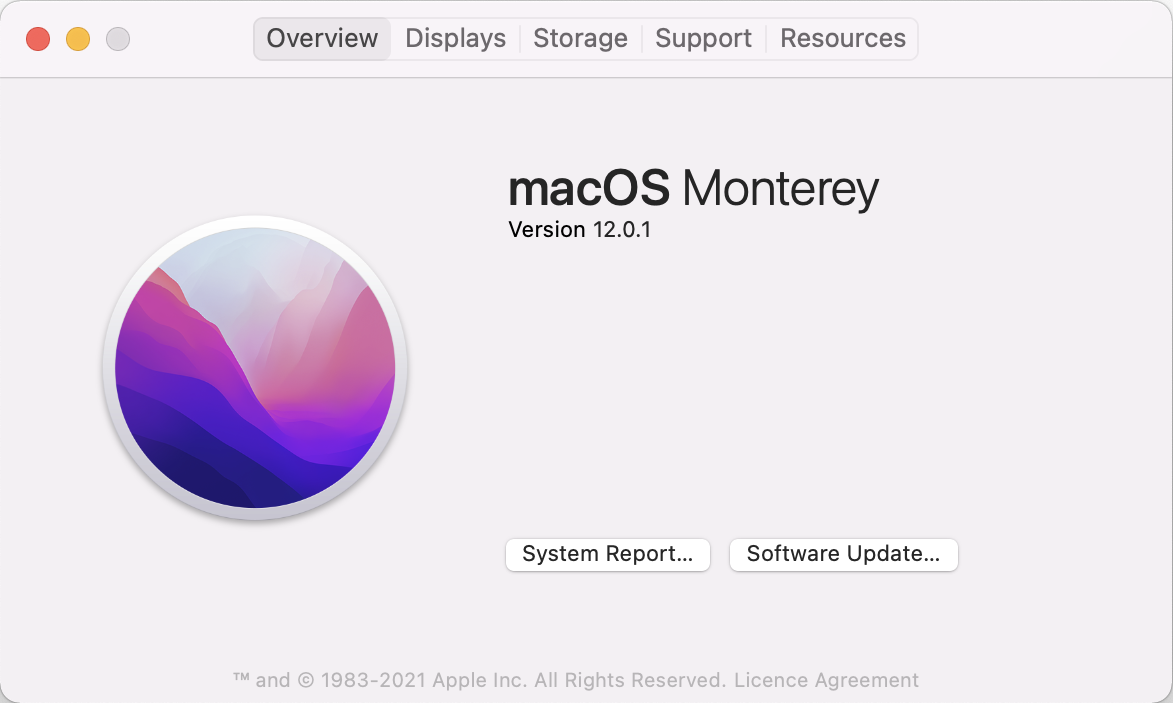
- Macos years runonly to avoid detection serial number#
- Macos years runonly to avoid detection install#
- Macos years runonly to avoid detection update#
- Macos years runonly to avoid detection download#
Macos years runonly to avoid detection serial number#
Other tasks it runs include collecting the serial number of the device, restarting the 'launchctl' job responsible for loading and unloading daemons or agents, and to kill the Terminal application. Macos malware years runonly avoid detection serial number# The researchers say that the main script also sets up a persistence agent and downloads the first stage of the miner from a URL set on a public page. This was the third run-only AppleScript, downloaded to the ~/Library/11.PNG.
Macos years runonly to avoid detection download#
Its purpose is to download the open-source XMR-Stak Monero miner that works on Linux, Windows, and macOS.Īccording to a SentinelOne researcher, the second script is intended to prevent analysis and evade detection. Supporting this conclusion is killing the Activity Monitor, which is the equivalent of the Task Manager in Windows, likely to prevent users from checking the system's resource usage. The script is designed to kill processes belonging to popular tools for system monitoring and cleaning. It finds them by checking a hardcoded list. Macos malware years runonly avoid detection full#.Macos malware years runonly avoid detection install#.Macos malware years runonly avoid detection.Macos malware years runonly avoid detection serial number#.In one recent hack, where a mysterious malware known as Silver Sparrow targeted the new M1 Macs, as many as 30,000 Apple PCs were breached. Though not a cybercrime target on the same level of Microsoft’s Windows platform, Macs do come under attack. It’s also unknown just how many users have been hit. It’s unclear who else found out about the bug and why they started hacking Macs. “Shlayer continues to be one of the most active and prevalent malware families for macOS,” added Bradley. Often, Shlayer is installed on victims’ Macs via fake app installers or updaters.
Macos years runonly to avoid detection install#
He said that as early as January 9, 2021, hackers running a known macOS malware called Shlayer had discovered and started using the zero-day vulnerability (one that hasn’t been patched at the time of exploitation.) The malware’s ultimate goal is to install adware on Macs, earning money for the fraudsters per faked clicks and views on advertisements.

He tested it himself and confirmed the latest version is secure from his attack.īut by the time Owens had informed Apple, malicious hackers had already started exploiting the issue, according to Jaron Bradley, a Mac expert at cybersecurity company Jamf, which published research into the attacks on Monday. Owens informed Apple, which fixed the bug in beta versions of the new Big Sur OS this week. That gave him remote control over the test Mac. When he clicked on the download, it ran without any of the popups that should’ve warned he was about to run unapproved software. When Owens copied those techniques and tested his mock malware, he did it on an up-to-date macOS with the Gatekeeper settings set to the most restrictive. That came after he discovered Appify, a legitimate tool that had also managed to get past Gatekeeper checks back in 2011 with a tool allowing developers to create simple macOS apps with just a script. He found that certain scripts within apps were not checked by Gatekeeper. The bug was first reported to Apple by security researcher Cedric Owens, who discovered it in mid-March.
Macos years runonly to avoid detection update#
That XProtect update will happen automatically and retroactively apply to older versions of macOS. An Apple spokesperson said the company has now addressed the issue in macOS 11.3 and updated XProtect, its malware detection, to block the malware using this technique.


 0 kommentar(er)
0 kommentar(er)
